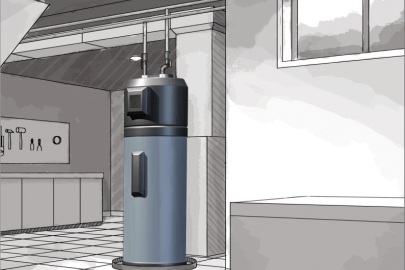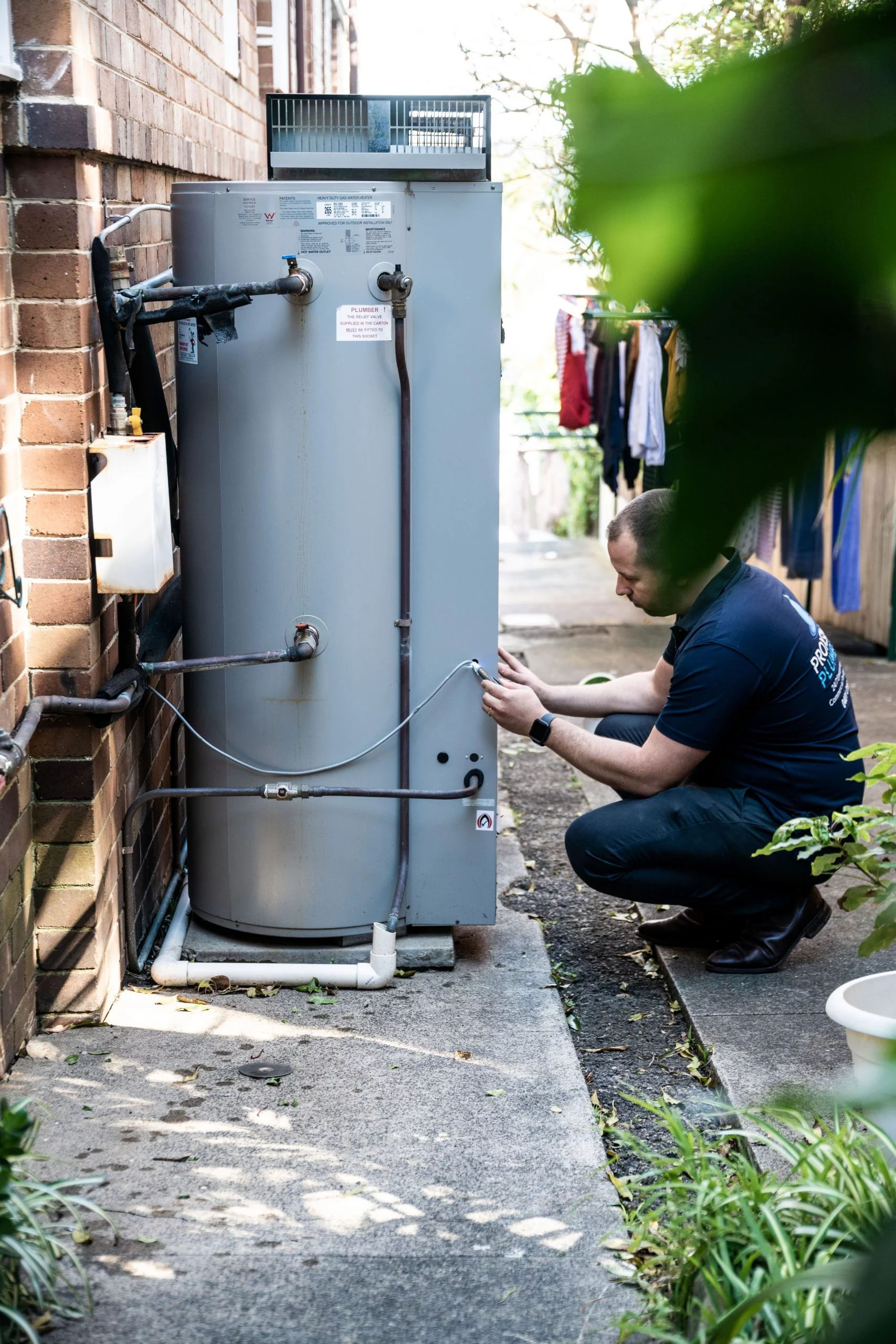Nearly everybody may have their own unique rationale with regards to How to Maintain Your Water Heater & Prolong its Life.

Warm water is necessary for day-to-day comfort, whether it's for a refreshing shower or cleaning recipes. To guarantee your hot water system runs efficiently and lasts much longer, routine maintenance is vital. This short article offers practical pointers and understandings on how to keep your home's hot water system to avoid interruptions and costly fixings.
Introduction
Maintaining your home's warm water system may seem overwhelming, but with a couple of basic actions, you can guarantee it operates efficiently for many years to come. This overview covers whatever from comprehending your warm water system to DIY upkeep ideas and knowing when to call professional aid.
Value of Keeping Your Hot Water System
Regular upkeep not only expands the lifespan of your warm water system but additionally ensures it runs efficiently. Disregarding maintenance can bring about reduced efficiency, higher energy bills, and also early failure of the system.
Indicators Your Hot Water System Demands Maintenance
Recognizing when your hot water system requires attention can avoid significant concerns. Look out for indications such as irregular water temperature level, strange noises from the heating system, or rustic water.
Recognizing Your Warm Water System
Prior to diving into maintenance tasks, it's practical to recognize the standard components of your hot water system. Normally, this includes the hot water heater itself, pipelines, anode poles, and temperature controls.
Monthly Upkeep Tasks
Normal month-to-month checks can assist catch small concerns before they escalate.
Purging the Hot Water Heater
Flushing your water heater gets rid of sediment buildup, boosting performance and extending its life.
Checking and Changing Anode Rods
Anode rods protect against corrosion inside the tank. Inspecting and changing them when worn is essential.
Inspecting and Readjusting Temperature Level Settings
Adjusting the temperature settings ensures optimum efficiency and safety and security.
Do It Yourself Tips for Upkeep
You can perform a number of upkeep jobs on your own to maintain your hot water system in top condition.
Looking for Leakages
On a regular basis inspect pipes and connections for leakages, as these can lead to water damage and greater costs.
Testing Stress Relief Valves
Examining the pressure safety valve ensures it works appropriately and avoids too much stress accumulation.
Insulating Pipelines
Insulating warm water pipes reduces warmth loss and can save energy.
When to Call a Professional
While do it yourself maintenance is valuable, some issues call for professional expertise.
Complicated Problems Needing Professional Aid
Instances include significant leakages, electrical problems, or if your hot water heater is constantly underperforming.
Regular Expert Maintenance Benefits
Specialist maintenance can include detailed assessments, tune-ups, and making certain compliance with safety standards.
Verdict
Routine maintenance of your home's warm water system is crucial for performance, longevity, and price financial savings. By complying with these suggestions and knowing when to look for specialist assistance, you can ensure a reputable supply of warm water without unanticipated disturbances.
Water Heater Maintenance Tips
Test the TPR Valve
Shut off the power and the cold-water supply valve. Place a bucket under the pipe connected to the temperature-pressure-release (TPR) valve on the top or side of the tank. (This valve opens if the tank pressure gets too high.) Lift the valve’s tab to let some water out, then let go. If water keeps flowing, drain the tank partway, unscrew the old valve with a pipe wrench, and install a new one. Check the Anode Rod
Put a hose to the tank’s drain cock and let out a few gallons of water. Now fit a 1 1/16-inch socket onto the rod’s hex head on top of the heater (or under its top plate) and unscrew the rod. If it’s less than ½ inch thick or coated with calcium, buy a new one, wrap its threads with Teflon tape, put it back in the tank, and tighten securely. Use this segmented rod if headroom above the tank is limited. Drain the Tank and Wash Out Sediment
Drain the remaining water in the tank into the bucket, then stir up the sediment on the tank’s bottom by briefly opening the cold-water supply valve. Drain and repeat until clean water comes out of the hose. Close the drain cock, refill the tank, and turn its power back on. Adjust the Temperature
Find the temperature dial on the side of the tank and unscrew its cover. Adjust the dial to 120 degrees using a flathead screwdriver. For every 10 degrees the temperature is lowered, you can expect to save up to 5 percent in energy costs. Turn the water heater off or the thermostat down to its lowest setting if you plan to be away from home for more than three days. Insulate the Pipes
Buy some self-sticking 3/8-inch-thick foam pipe insulation that matches the pipes’ diameter. Slide the foam over the hot-and cold-water pipes as far as you can reach. Insulating the cold-water pipe prevents condensation in summer. Peel the tape and squeeze the insulation closed. If the pipe is 6 inches or less from the flue, cover it with 1-inch-thick unfaced fiberglass pipe wrap. https://www.thisoldhouse.com/plumbing/21016402/how-to-maintain-a-water-heater

I am just very occupied with How to Maintain Your Water Heater & Prolong its Life and I really hope you appreciated my article. Are you aware of somebody who is fascinated with the niche? Why not promote it. I appreciate your readership.
Request An Estimate